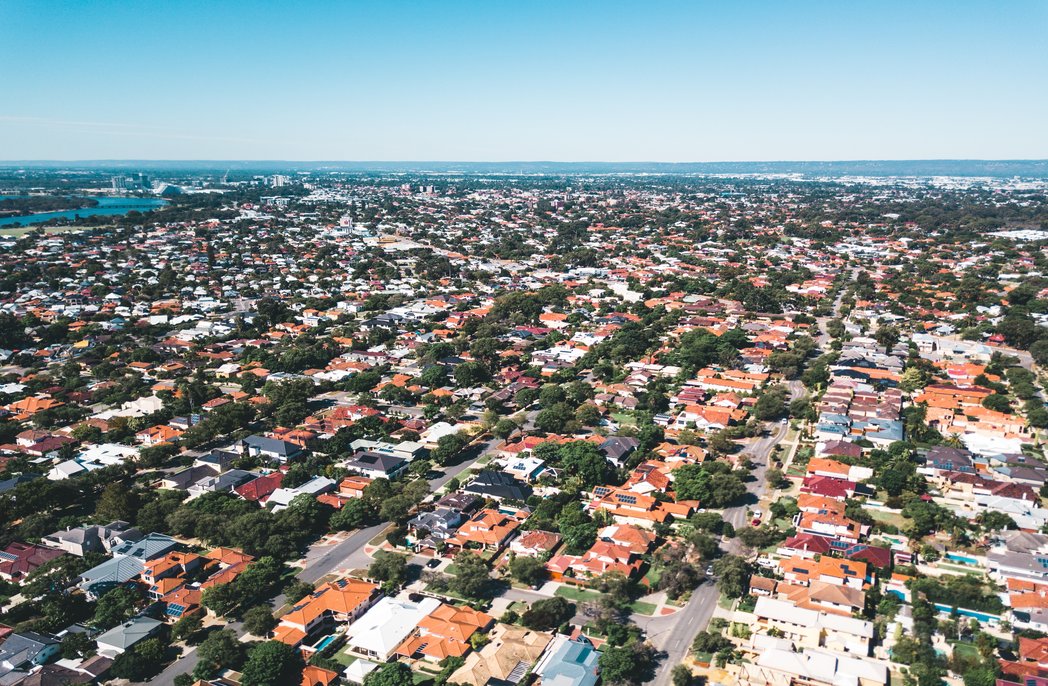Australia: House prices to hit skids as rates rise


The pace of property price hikes in Sydney and Melbourne are likely to slow from the strong gains made over the past 12 months.
Property experts are tipping that prices will rise another 5 per cent or 6 per cent during 2022.
However, the market might then crack under the weight of higher interest rates, with some market watchers predicting a price slump of between 5 per cent and 10 per cent during 2023.
The likelihood of higher official interest rates and tightening of lending rules by the Australian Prudential Regulation Authority, plus affordability constraints, will dampen prices, they say.
Shane Oliver, chief economist at AMP Capital, expects interest rates to start rising by the end of 2022, with property prices nonetheless to rise by about 5 per cent nationally next year. Sydney and Melbourne prices are forecast to rise by a similar amount.
CoreLogic figures show Sydney property prices soared about 25 per cent – and about 16 per cent in Melbourne – over the year ended October 31.
Dr Oliver says as affordability constraints are stronger in Sydney, the southern capital’s price growth could outpace Sydney next year.
He is expecting the Reserve Bank of Australia to not be too aggressive in lifting the cash interest rate as the economy picks up steam, because of the high debt levels of households.
The central bank could raise rates twice towards the end of next year as inflation picks up – perhaps an initial hike of 0.15 percentage points, from the current cash rate of 0.1 per cent, quickly followed by a second rise of 0.25 – to take the rate to 0.5 per cent, Dr Oliver says.
“We could see another couple of hikes in 2023; taking the cash rate to 1 per cent and that could be the end of it [rate-rising cycle],” he says.
RateCity has calculated what it would mean for homeowners if a 0.9 percentage point increase in the cash rate flows through to variable interest rate mortgages.
The comparison website says a homeowner with an $800,000 mortgage over 30 years would see their repayments increase by more than 10 per cent, to $3628 a month.
The figure is calculated assuming the new customer average variable mortgage rate of 2.68 per cent is increased 0.9 percentage points, to 3.58 per cent.
ANZ economists are pencilling-in a rise in capital city house prices of more than 6 per cent next year. They expect Sydney prices to climb just over 5 per cent, with prices in Melbourne doing even better with a gain of about 7 per cent.
The bank’s economists do not expect official interest rates to start rising until the first half of 2023.
Andrew Wilson, chief economist at MyHousingMarket, is forecasting prices in Sydney to rise by more than 5 per cent during 2022, with Melbourne prices doing even better.
He says the southern capital’s prices would likely do some “catching up,” as it was the housing market most affected by lockdowns, and affordability is better in Melbourne that in Sydney.
Angie Zigomanis, director of Charter Keck Cramer’s research and strategy team, says prices could rise 5 or 6 per cent nationally next year.
However, he says there is a chance that Melbourne’s prices may not rise as much as in Sydney, as the southern capital has been hit harder by a fall in both immigration flows and interstate migration, with “questions as to how quickly those come back”.
Outlook beyond 2022
As to what is in store for prices beyond 2022, AMP’s Oliver is expecting some price relief for patient buyers waiting to get a foot on the property ladder.
He is tipping price falls in Sydney and Melbourne of between 5 per cent and 10 per during 2023, as higher interest rates restrict the borrowing capacity of buyers.
ANZ economists say Sydney prices could be 5 per cent lower during 2023, with Melbourne prices down 2 per cent.
MyHousingMarket’s Wilson is more bullish. He says property prices in both cities could still rise by about 5 per cent during 2023 because of a revival of the economy to pre-COVID-19 levels, plus a return to strong migration that would refuel demand for property.
Source: smh.com.au




